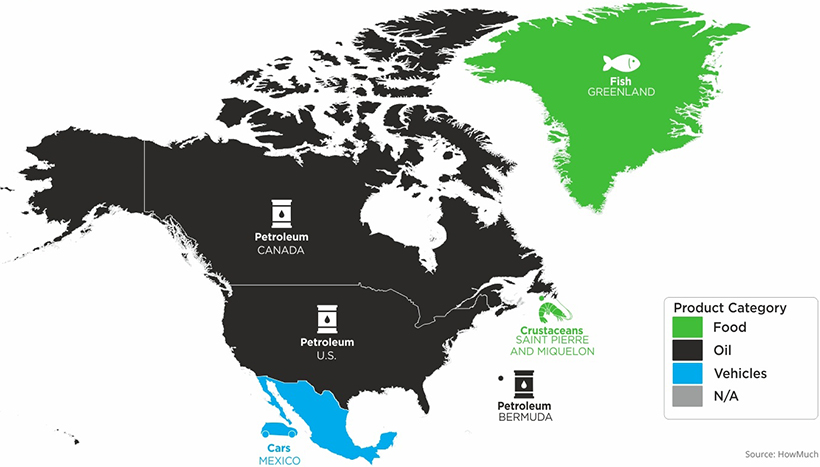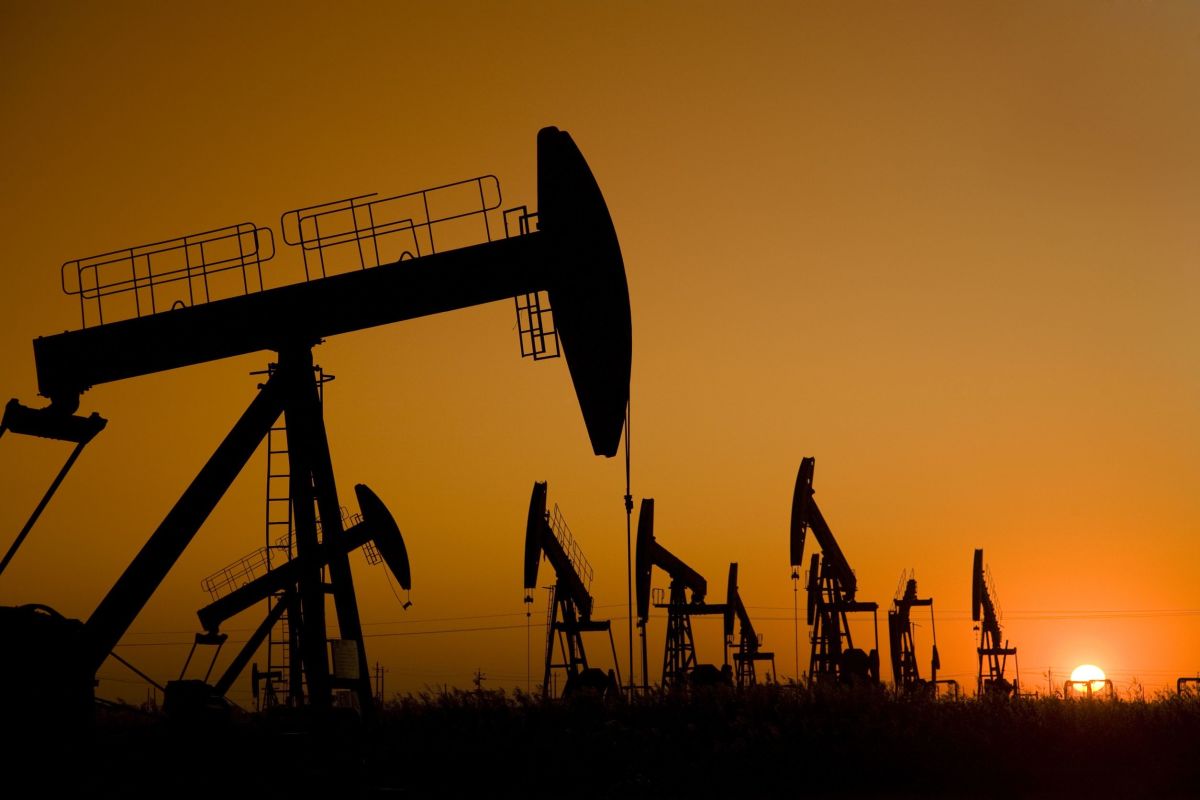

finished product imports - 1.6 million BPD
America net exporter of oil plus#
So, Domestic Production of crude oil plus Other Supply is equal to (11.7 + 6.9) = 18.6 million BPD - which is still about 2 million BPD less than the U.S. (Note that this category also includes "Refinery Processing Gain" of 1.2 million BPD, which results from refiners making products that are of a lower density than crude oil). Other Supply represented 6.9 million BPD of production, and it mostly ends up as feedstock for refiners or petrochemical production. This category represents a significant input to refiners in addition to the 11.7 million BPD of production (and the 4.0 million BPD of net crude oil imports). While the net balance shows the United States is selling more petroleum than buying, American refiners continue to buy millions of barrels each day of overseas crude and fuel.There is a line item called Other Supply, which consists primarily of natural gas liquids (NGLs) and fuel ethanol. In reality, the United States remains exposed to global energy prices, still affected by the old geopolitics of the Middle East. On paper, the shift to net oil imports means that the United States is today energy independent, meaning Trump has achieved a rhetorical aspiration for generations of American politicians, from Jimmy Carter to George W. Oil historians who have compiled even older annual data using statistics from the American Petroleum Institute said the country has been a net oil importer since 1949, when Harry Truman was at the White House. Energy Information Administration.ĮIA said the United States has been a net oil importer in weekly data dating to 1991 and monthly data starting in 1973. The United States sold overseas last week a net 211,000 barrels a day of crude and refined products such as gasoline and diesel, compared with net imports of more than 2 million barrels a day on average so far in 2018, and an annual peak of more than 12 million barrels a day in 2005, according to the U.S. “But, because the change is gradual over time, I don’t think it’s going to cause a huge revolution, but you do have to think that OPEC is going to have to take that into account when they think about cutting.” “We are becoming the dominant energy power in the world,” said Michael Lynch, president of Strategic Energy & Economic Research.

The cartel and its allies are meeting in Vienna this week, trying to make a tough choice to cut output and support prices, risking the loss of more market share to the United States.

The power of OPEC has been diminished, undercutting one of the major geopolitical forces of the last half century. The shale revolution has transformed oil wildcatters into billionaires and the United States into the world’s largest petroleum producer, surpassing Russia and Saudi Arabia. crude shipments reached a record 3.2 million barrels the week of Nov. The shift to net exports is the dramatic result of an unprecedented boom in American oil production, with thousands of wells pumping from the Permian region of Texas and New Mexico to the Bakken in North Dakota to the Marcellus in Pennsylvania. 26, breaking 75 years of continued dependence on foreign oil and marking a pivotal - even if likely brief - moment toward what President Donald Trump has branded as “energy independence.” America turned into a net oil exporter the week of Nov.


 0 kommentar(er)
0 kommentar(er)
